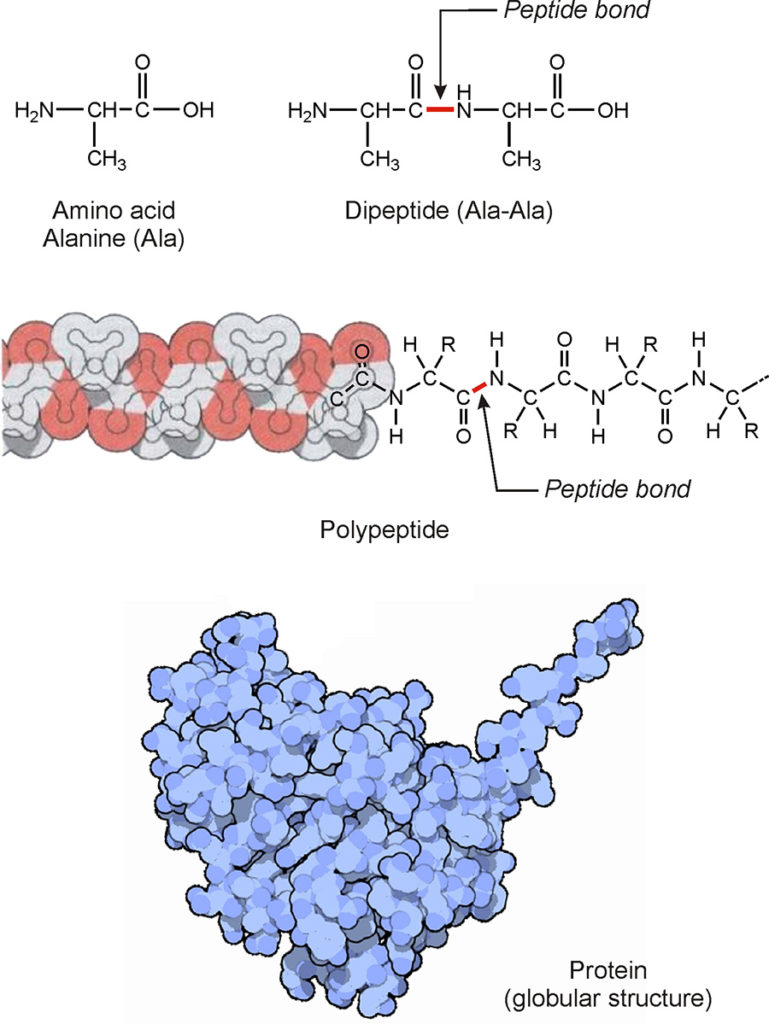2. NATURAL MOLECULAR MACHINES
Movement: from cells to living organisms
Movement is one of the main attributes of life. Nature has equipped living organisms with very complex supramolecular aggregates that work inside cells as devices and mechanisms (for simplicity, we shall call them machines) able to satisfy the needs of the cells themselves. They promote chemical reactions that transform certain molecules into others which are necessary for cell life, transport molecular material, copy and transduce the genetic code into proteins, exchange information with other cells, and so on.
Also, all the macroscopic movements of living organisms, from bacteria to whales, and the noblest functions of man, from talking to thinking, are consequences of myriad actions and movements at the molecular level. It is estimated that around ten thousand different types of molecular machines are at work in the human body (Goodsell 2009)1Goodsell, D. S. (2009) The machinery of life, New York: Springer..

The existence of natural molecular machines has been known for a long time, but it was only in recent years that the mechanisms of their functioning began to be studied in detail (Schliwa 2003)2Schliwa, M., ed. (2003) Molecular motors, Weinheim: Wiley-VCH.. We have seen that these systems operate, in the dimension of nanometers, through mechanical movements; often complex, but sometimes simple such as rotations and linear displacements of components of the supramolecular system. The surprising thing is that in many cases, these movements are apparently similar to those performed by machines of the macroscopic world, even if in organisms everything happens as a response to chemical interactions, particularly intermolecular bonds that break or form. The formal similarity with the movements taking place in the world of macroscopic machines allows us to schematically represent the movements of molecular machines in graphic form. In these graphical representations, it is frequently impractical to report the formulas or models of the molecules involved.
As we shall see, we often resort to using schemes of various types showing the shape of the large molecules involved, their mutual interactions, and the function that the supramolecular system performs.
In reality, natural nanomachines have very different shapes from those of the machines and objects in the macroscopic world. They look like large agglomerates of atoms, piled up without any apparent planning. In fact, the great majority of natural molecular machines are composed by proteins, molecules consisting of modular chains of amino acids (Fig. 9), which tend to coil up to provide globular structures. These chains can contain from a dozen to thousands of amino acids, depending on the function they have to perform.


